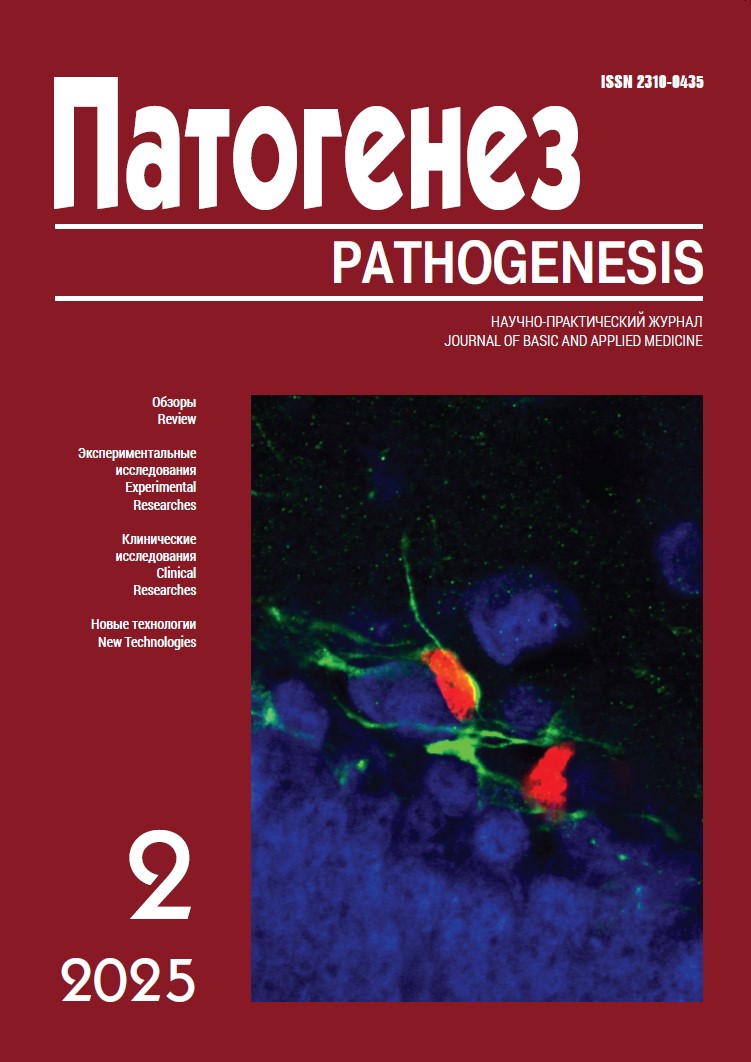Effect of acute gamma irradiation of the head on the behavioral and cognitive functions of SPF C57BL/6 mice
Abstract
Radiation therapy is widely used to treat primary and metastatic brain tumors. At the same time, patients may experience side effects, among which neurological disorders are particularly prominent. To search for substances with potential radioprotective and neuroprotective activity, it is necessary to develop models of radiation disturbances, including behavioral tests that can detect cognitive deficits in irradiated laboratory animals.
The aim of this study was to identify the effects of acute gamma radiation of the head on the behavioral and cognitive functions of SPF C57BL/6 mice.
Methods: acute gamma irradiation of the head of C57BL/6 mice in a dose of 8.5 Gy from a 60Co source; body weight measurement; Open field test; Elevated plus maze; Morris water maze (MWM); Contextual fear conditioning; complete blood count.
Results. The irradiation had no effect on the body weight dynamics of the mice during the 45 days of follow-up. There was no deterioration in blood parameters. The exposure of radiation on the brain did not lead to changes in motor and exploratory activity, anxiety, and deterioration of associative memory. It did not have a significant effect on the learning rate in the spatial task of MWM, however, it affected the dynamics of animal retraining. MWM turned out to be the most sensitive of the battery of behavioral tests used in our study, and allowed us to identify radiation-induced cognitive deficits in mice.
Conclusion. The results obtained can serve as an experimental basis for further studies of the pathogenesis of radiation-induced brain injury in patients after radiation therapy and the search for substances with potential neuroprotective activity.




